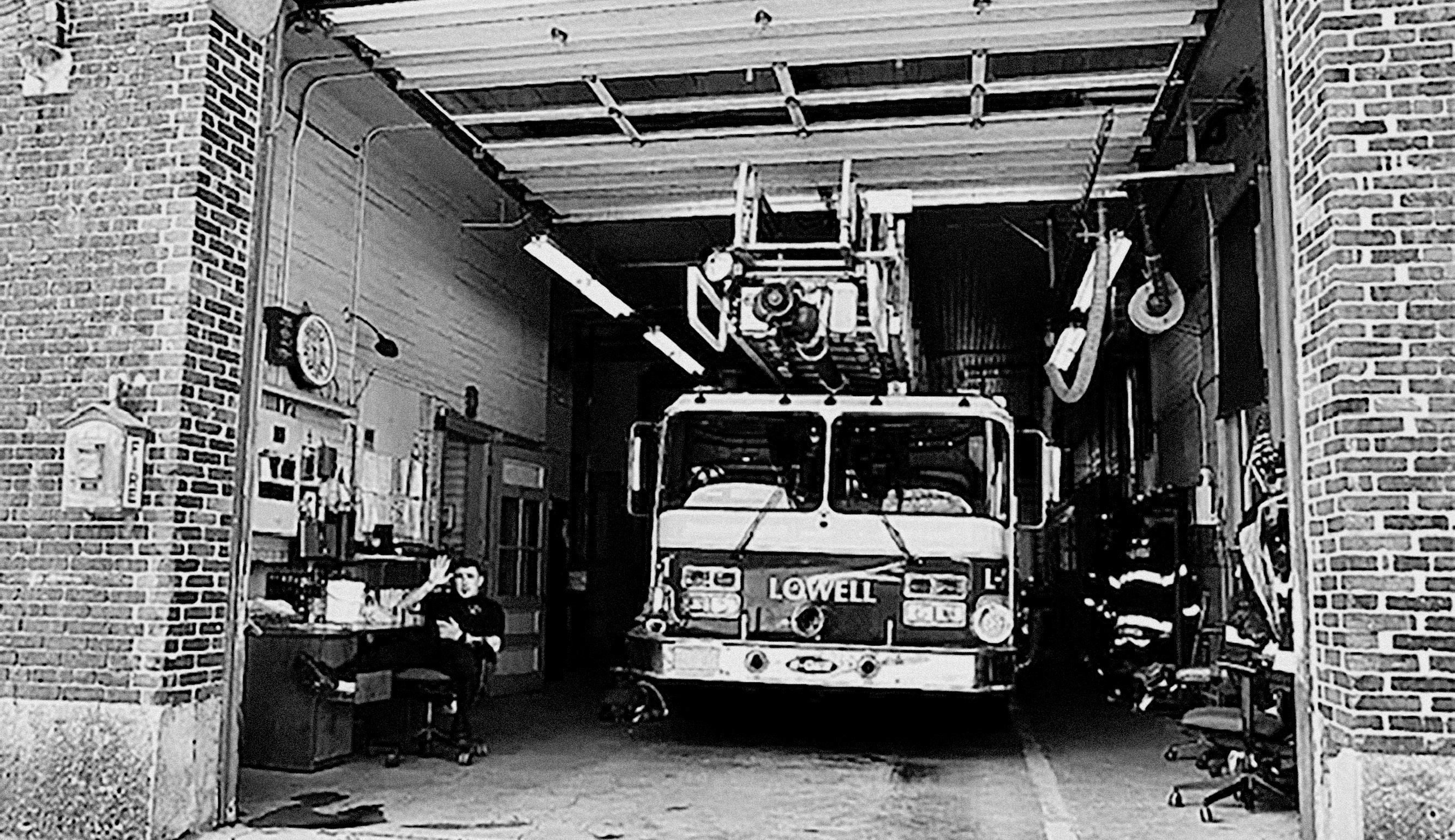Unlocking the Truth: The “Black Box” and the Paper Trail in a Truck Accident

A truck accident is a catastrophic event, capable of causing immense damage, severe injuries, and profound emotional distress. The sheer size and weight of a commercial truck mean that collisions with smaller vehicles are often devastating. When such a tragedy occurs, the question is identified as what happened becomes paramount. For the victims and their families, finding answers does not just about understand; it’s about accountability and justice. To uncover the full truth, legal and investigative teams embark on a meticulous journey, piecing together a complex puzzle using two primary sources of evidence: the truck’s “black box” and an extensive paper trail of operational records. Together, these two powerful tools serve as a key to unlocking the secrets of the crash and holding responsible parties accountable.
This process transforms the chaos of the accident scene into a coherent, Houston truck accident lawyer
evidence-based narrative, revealing a story that the driver, the company, or the conditions may otherwise conceal. The EDR that is on the truck gives an immediate picture of the process before the crash, whereas a mountain of company records gives a long-term picture of maintenance, training and operating procedures.
The Digital Witness: Decoding the Truck’s “Black Box”
The term “black box” is a bit of a misnomer, as the event data recorder (EDR) in a commercial truck is not always a black box and is often located within the vehicle’s engine control module. Nonetheless, its function is strikingly similar to that of an airplane’s flight recorder: it is a digital witness to the final moments of a vehicle’s operation. This device continuously records critical data, and in the event of a sudden change in speed or impact, it saves a detailed log of information from the seconds leading up to and after the crash.
Data obtained through EDR in a truck can be considered a treasure trove of information to a investigator. It typically includes:
- Vehicle Speed: Providing a precise record of the truck’s velocity, which is often crucial for determining if the driver was exceeding the speed limit or driving too fast for conditions.
- Brake Application: Logging when and how hard the brakes were applied. This can reveal if the driver attempted to stop, if there was a braking malfunction, or if the driver was distracted and braked too late.
- Steering Input: Recording the driver’s steering actions, this can help determine if the truck was swerving, if the driver lost control, or if a sudden maneuver was a factor.
- Engine RPM and Throttle Position: Offering insights into how the truck was being operated, if it was accelerating, and the amount of power being used.
- Seatbelt Usage: Indicating whether the driver’s seatbelt was fastened at the time of the impact.
This digital snapshot provides an objective, unvarnished account of the truck’s behavior, often confirming or contradicting eyewitness accounts and driver statements. The EDR’s data can be the cornerstone of a case, offering irrefutable proof of negligence, a system malfunction, or other contributing factors. Accessing and interpreting this data requires specialized forensic expertise, as the information must be extracted and analyzed by professionals who understand the intricate workings of these systems.
A Powerful Combination for Justice
This meticulous investigation is essential for holding all responsible parties—not just the driver, but the trucking company itself—accountable for the harm they have caused. For victims, this pursuit of justice is a crucial step in their recovery, ensuring that the full truth is revealed and that others are protected from similar preventable tragedies in the future. The black box and the paper trail, therefore, are more than just pieces of evidence; they are the keys to a fair resolution and a safer future for everyone on the road.

